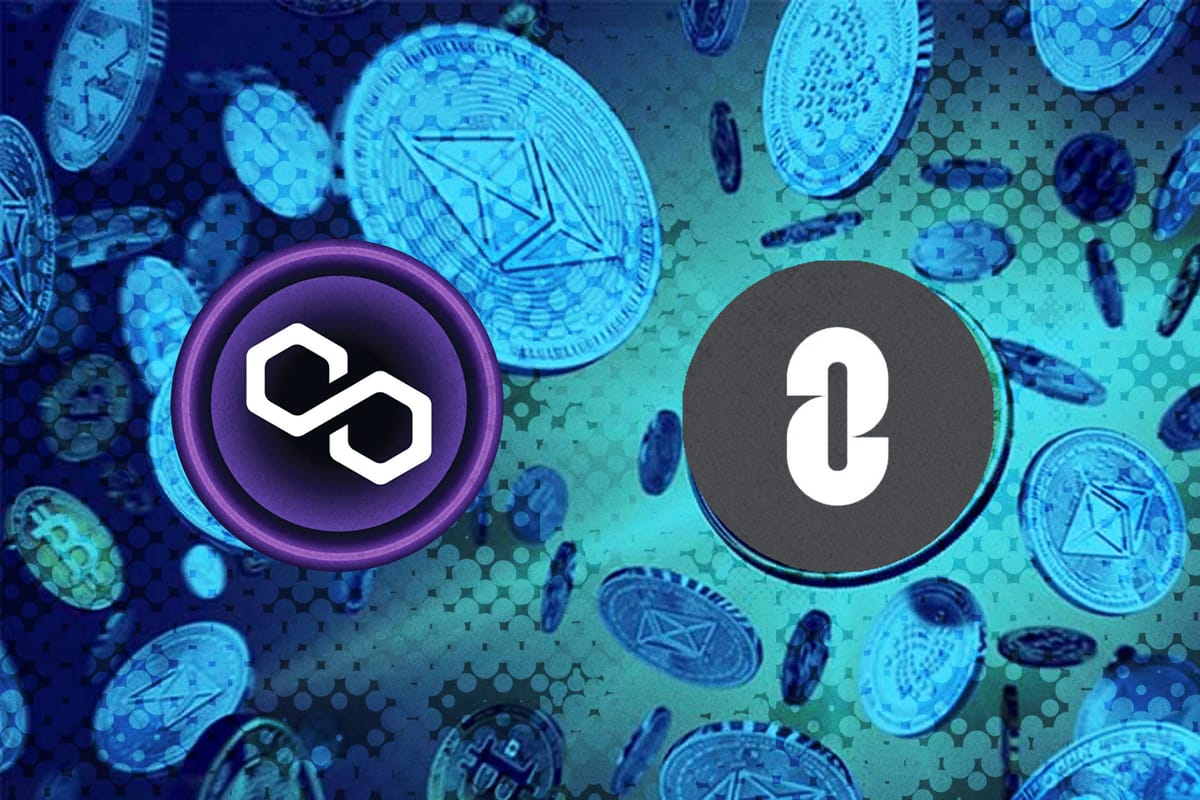
New Polygon, new token
Polygon, the leading Layer 2 scaling solution for Ethereum, has achieved a significant milestone on its journey towards Polygon 2.0, which was first introduced last June. On October 25, the Polygon Labs team launched the POL token contracts on the Ethereum mainnet, marking a crucial step in their plan to replace their current native token MATIC with POL by 2024. This move is part of a multi-phase upgrade aimed at revolutionizing Polygon's architecture and solidifying its position as the preferred platform for Ethereum scaling.
POL is positioned as a next-generation hyperproductive token, designed to fuel a broad ecosystem of ZK-based Layer 2 chains. A key feature of POL is the implementation of a 're-staking protocol', enabling token holders to validate multiple chains and perform a variety of roles within this interconnected ecosystem. Despite its introduction, the 2.0 token is not yet integrated into the operational systems of the Polygon network. Staking on both the Polygon PoS and Polygon zkEVM layers continues to be conducted using the legacy token, MATIC, and gas fees within the PoS network are still settled with MATIC. Consequently, users, validators, and app developers are not required to make any immediate exchange of their MATIC tokens for POL.
Polygon unveiled its Polygon 2.0 vision on June 12, with plans to create a "value layer of the internet" through an interconnected network of ZK-powered Layer 2 (L2) chains. This innovative vision introduced a cross-chain coordination protocol to facilitate safe and instant interactions across an unlimited number of chains. Two weeks later, the Polygon team shared the ZK-based protocol architecture for its 2.0 system, emphasizing the experimental nature of the project and their decision to approach it via multiple avenues in building the next-gen infrastructure, rather than betting on a single approach.
LayerZero
LayerZero, a blockchain interoperability firm, presented its plan to integrate Lido DAO's $5.5 billion wrapped stETH (wstETH) token with its own Omichain Fungible Token (OFT) standard. The proposal, shared on Lido's research website on October 25, allows wstETH holders to bridge their tokens across Ethereum, Avalanche, BNB, and Scroll. This boost in cross-chain interoperability is likely to be a game-changer for the token's utility and value. However, it's important to note that Lido DAO has not yet given an official endorsement.
.@LidoFinance's wstETH is now an OFT available on @BNBCHAIN, @Scroll_ZKP and @avax. 🚀 pic.twitter.com/LV2LjaxXaG
— LayerZero Labs (@LayerZero_Labs) October 25, 2023
Binance's BNB chain also shared a similar announcement on Wednesday, which received some criticism. Lido seed investor Hart Lambur noted that LayerZero and BNB's joint marketing push falsely implied Lido's endorsement, despite lacking official approval, auditing, or security risk evaluation. Community members have also expressed apprehensions about the mint-and-burn token standard, which carries a potential exploit risk.

